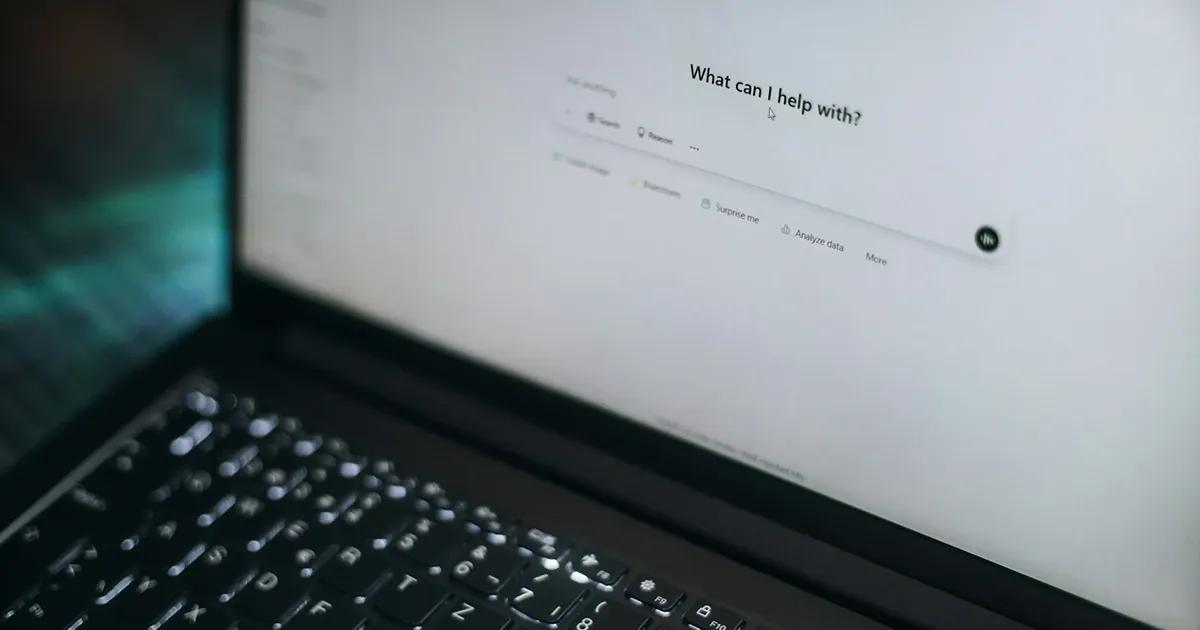It's not uncommon to face issues from time to time when video conferencing, no matter what application or platform is used. When discussing performance challenges with clients, however, we have noticed a common theme. Specifically, companies providing video conferencing solutions have noticed that their users are likely to turn to Google Meet whenever an issue in their own app may occur—be it related to poor audio quality, poor video resolution, connectivity issues, technical glitches, compatibility, or something else entirely. The most common reason for this switch, however, is reliability.
Competitor companies believe Google Meet is more likely to perform well—without any unexpected hiccups—unlike their own app at times. And, to some extent, this is to be expected. Google is a major contributor to WebRTC and has been refining Meet for over seven years now, establishing it as one of the most widely used and trusted video communication services in the industry, with over 300 million monthly users.
But let’s get back to the point—why is Google Meet the preferred video conferencing app, and not yours? We set out to find out why users are more likely to put their trust into using Google Meet as their go-to video conferencing solution instead of giving your app a chance. Let’s break it down.
Ease of use
At first glance, Google Meet seems to offer everything you need. It's accessible, easy-to-use, and user-friendly. To create a meeting all you need is a browser where you can simply type ‘meet.new’ in the omnibox and it will automatically generate a new meeting within seconds. From there, all you need to do is share the meeting link with participants and you are ready to meet. This simplicity, combined with its powerful set of features, makes Google Meet the go-to choice for users who want quick and efficient video meetings.
Google Meet features:
- Noise cancellation and real-time captions
- High-quality video, audio and screen sharing
- Background blur and replacement, and low-light mode
- Supports meetings with 100 participants and up to 500 for enterprise users
- Raise hand, in-meeting chat, breakout rooms, polls, and Q&A
- Meeting recordings and integrations with other Google products
- Mobile app support
- Safety and security
Performance
No video conferencing solution can claim to be the absolute best. This is because there are various performance metrics involved, not to mention multiple in-app adaptations with infinite variations of content being sent, as well as network conditions applied. Nevertheless, some performance aspects are valued more from a user perspective, such as clear audio, proper audio-video synchronisation, and overall smoothness. High-level performance is something that users have become accustomed to while using Google Meet, which is why it may be the first choice for many users.
Benchmarking Google Meet against competitors
In the examples below, we chose to showcase the following limitations:
- Changing Packet Loss (5%→10%→20%). As packet loss is a common issue in video calls, often leading to delays, stuttering, or dropped frames, we chose to test the applications under changing packet loss conditions.
- Limited Bitrate (350 Kbps). With users in many parts of the world accessing video conferencing solutions over limited or low-speed connections, such as 3G networks, which barely support basic video resolutions, we decided to compare how the applications perform under a limited bitrate.
- Changing Bandwidth and Packet Loss. To evaluate service performance under multiple limitations and see how well the app recovers, we applied various changing bandwidth (unl-2M-500k-200k-500k-2M-unl) and packet loss (unl-10%-20%-20%-20%-10%-unl) conditions.
Benchmarking is the practice of comparing the performance of a product or service against industry standards or competitors to identify areas for improvement. In the context of video conferencing, benchmarking evaluates key quality metrics for audio and video, like packet loss, video and audio delay, frame rate, and bandwidth—to name a few. The goal is to assess how well a video call performs under various conditions and how it measures against others in the market. In the sections that follow, we share insights into how audio and video are benchmarked and look at Google Meet’s results against its competitors—in this case, three competitor applications—emphasizing the key performance areas where Google Meet excels. Let’s dive in!
Reading results
First, let’s take a look at how to interpret the results and what to focus on. In the example, we conducted tests simulating packet loss over a 3-minute session, where packet loss increased gradually every 60 seconds (5% → 10% → 20%).
Here’s how each application performed in terms of video fluidity and quality under these conditions:



- App1 maintains a higher FPS during the first two minutes, but encounters significant issues at 20% packet loss (PL). The video quality drops sharply, and the delay increases to nearly 1 second.
- App2 maintains stable video quality throughout, but exhibits lower FPS and occasional spikes in video delay starting from 10% PL.
- App3 consistently shows the lowest video delay but begins to experience FPS drops at just 10% PL. By the time PL reaches 20%, all performance metrics deteriorate significantly.
- Google Meet outperforms the rest in these tests. It sustains a high frame rate even under 20% PL, while maintaining stable video delay and quality throughout.
Limited Bitrate (350 Kbps)
Static network limitation scenarios are easily customizable and, with some analytics, can simulate real-world network conditions. They are primarily used to assess how well apps adapt to specific network conditions and are great for simulating slow internet speeds.
In this case, we evaluated app performance on a poor mobile network, with only 350 Kbps available. For context, YouTube streaming at 144p typically requires around 100-300 Kbps.
Video results:



Audio results:


After checking the results, we see that Google Meet mostly outperforms other services, providing a stable connection, low latency, and also maintaining high video and audio quality, even when network connectivity is low at 350 Kbps.
Changing limitations
In changing network scenarios—these tests not only broaden the range of network conditions evaluated but also provide insights into performance under fluctuating connectivity. The focus is on how quickly and smoothly a service adapts to network changes, ensuring minimal disruption to the user experience.
The following tables showcase results related to connectivity issues. This allows us to examine the ability of a service to adapt and recover in unstable network environments. Ideally, network changes should not disrupt the fluidity of the video call and the service maintains the highest possible quality throughout the changes.
Changing bandwidth (Unlimited->2M->500K->200K->500K->2M->Unlimited)
Video results:



Audio results:


Changing packet loss (Unlimited->10%->20%->20%->20%->10%->Unlimited)
Video results:



Audio results:


After the comparison, it’s clear that Google Meet experiences the least disruption in quality and encounters no significant latency issues. Notably, in the changing packet loss (PL) scenario, one competitor suffers the most, likely due to the absence of Forward Error Correction (FEC). FEC allows the app to mitigate consequences of PL by sending an additional lower-quality stream, which then helps to fill in gaps where packets are lost, ensuring smoother performance.
Why Google Meet remains the top choice for benchmarking
Google Meet is renowned worldwide, with its reliability, ease of use, and performance making it one of the top choices for users. Its consistent quality—as can be seen in the results from our analysis—also makes it an ideal reference point for benchmarking, allowing you to identify the advantages and shortcomings of your video conferencing app, as well as pinpoint areas for improvement.
Stay tuned—we are working on a communication service quality audit that will provide deeper insights into how benchmarking works.
Looking to optimize your video conferencing app and become a serious contender with Google Meet? We suggest performing competitive analysis and benchmarking to find out the strengths and weaknesses of your app. Contact us to find out more about our competitive analysis and benchmarking services.



